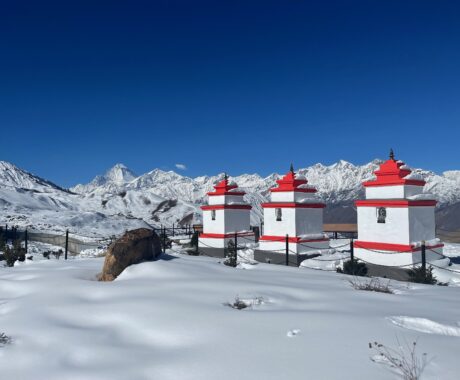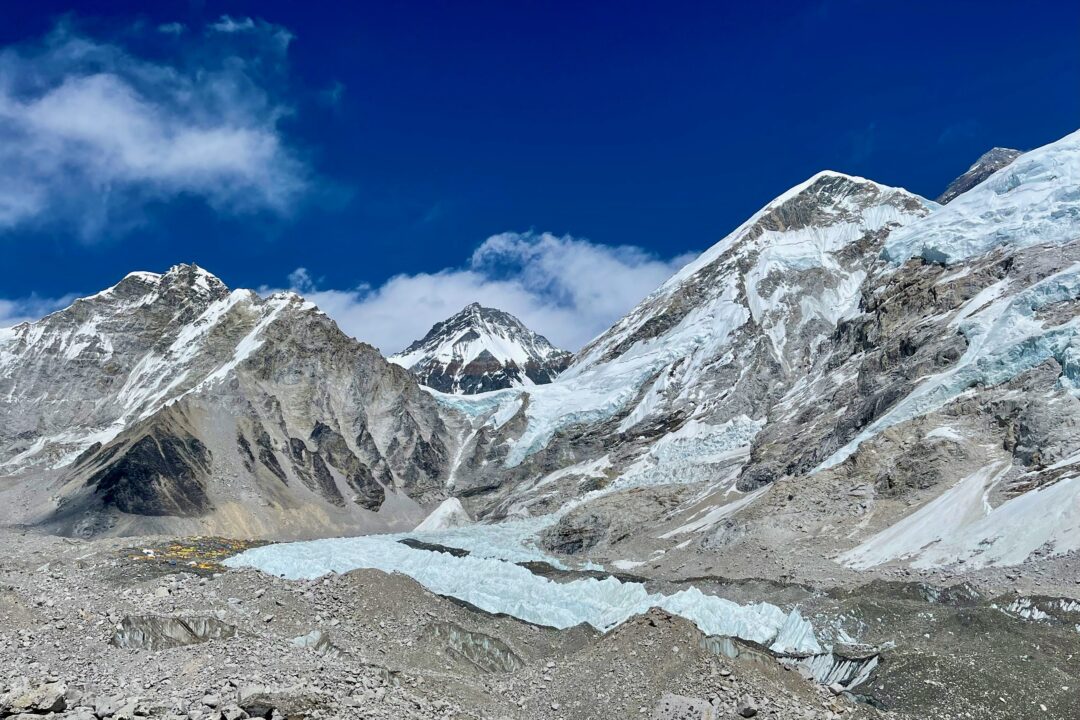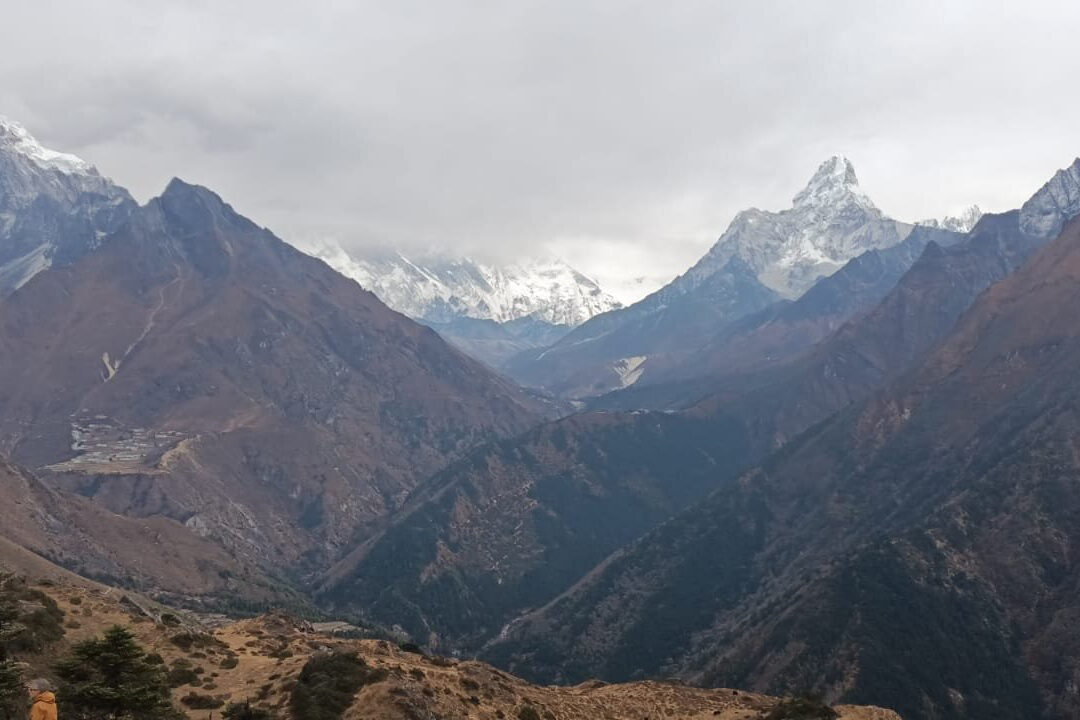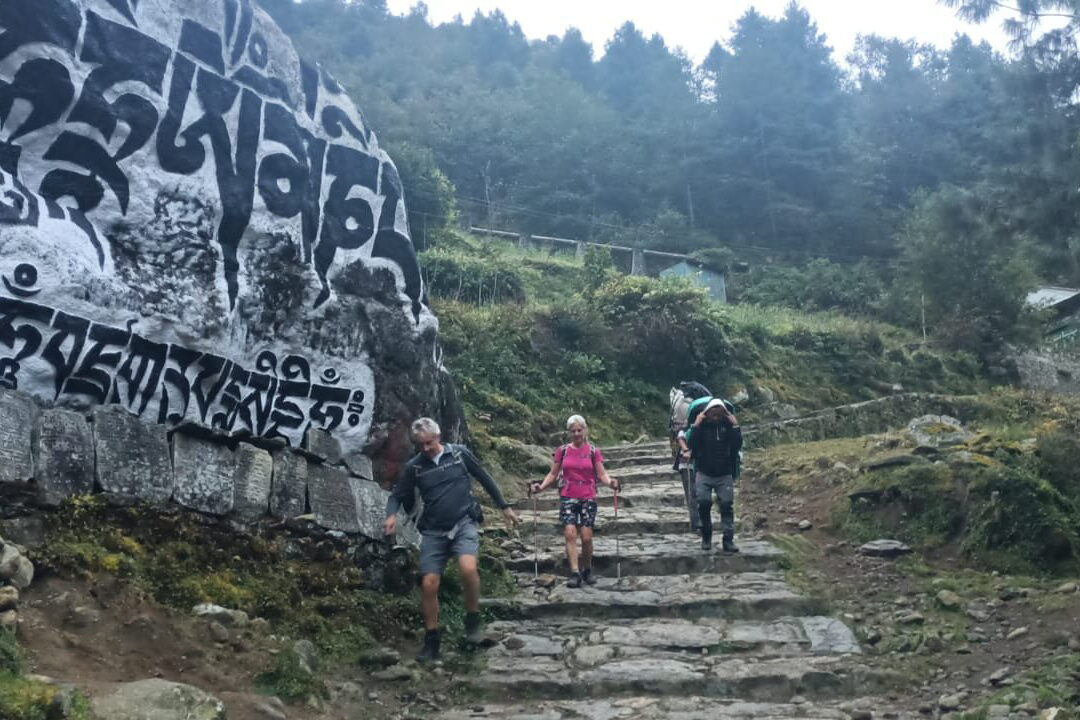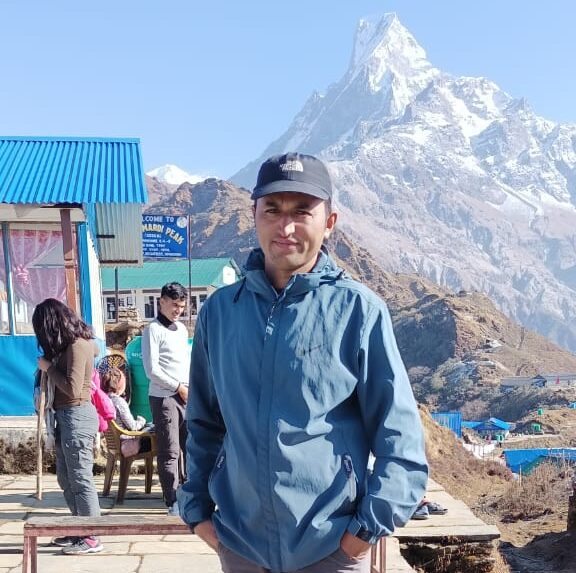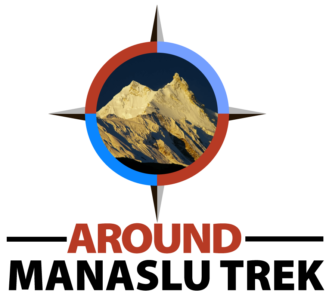Everest Panorama Trek – 9 Days
Trip Facts
- Destination Everest Region Khumbu Nepal
- Activity Trekking
- Duration 9 Days
- Trip Difficulty moderate
- Max. Altitude 3900m
- Best Time March to June & September to December
- Start and End Kathmandu - Kathmandu
- Meals Breakfast, Lunch, and Dinner
- Accommodation 5 star hotel in Kathmandu &Tea house
- Group Size 2 - 10
- Transportation Private transport & Flight Ticket
Trip Highlights
- A short weeklong walk around the scenic view-point of beautiful Tengboche
- Explore the traditional Sherpa villages of charming cultures of ancient heritage
- An ever present views of towering snow dusted mountains on daily scenic walks
- Tengboche Monastery one of the picturesque place in whole Himalayan range
- Passing across the famous Hillary suspension bridge, which is festooned with vibrant prayer flags
- An adventure with stunning panorama of snow peaks with majestic Everes
- Discover the verdant surroundings of Sagarmatha National Park, the world's highest national park
- Visit century-old monasteries such as Khumjung Monastery (which has a Yeti scalp) and Tengboche, the largest monastery
- See the Hillary School, the Khumjung Valley, and the Sherpa Museum
- Experience both approaches with amazing mountain flights that offer breath-taking Himalayan vistas
Introduction
The Everest Panorama Trek is an exhilarating and rewarding short adventure lasting a week, offering something for trekkers of all ages. This trek showcases the breathtaking landscapes and rich cultural tapestry of the Khumbu region, making it an ideal choice for those seeking a memorable Himalayan experience.
Trek Overview
The trek is named for its stunning panoramic views of the Himalayas from the picturesque Tengboche. Nestled amidst a lush forest of rhododendrons, pines, firs, and junipers, Tengboche offers awe-inspiring vistas of towering snow peaks, including Mt. Everest, Lhotse, and Nuptse. The trek also features the majestic Ama Dablam, Kantega, Tharmasarku, and Kongde peaks, with Tengboche Monastery adding to its charm.
The Everest Panorama Trek is a perfect blend of natural beauty and cultural richness. It provides a unique opportunity to experience the traditional customs of the Sherpa people, known for their integration of Buddhism similar to their Tibetan predecessors.
Highlights
- Scenic Beauty: Enjoy unparalleled views of the Everest massif and surrounding peaks from Tengboche, a location renowned for its panoramic mountain vistas.
- Cultural Richness: Explore Sherpa culture and Buddhist heritage, with opportunities to witness the Mani Rimdu Festival if your trek coincides with autumn.
- Lukla to Namche Bazaar: Begin your journey with a flight from Kathmandu to Lukla and continue through charming villages along the Dudh Koshi River, climbing to the vibrant town of Namche Bazaar.
- Namche Bazaar: Spend an extra day exploring this bustling hub of Khumbu Sherpa culture, including its weekly Saturday market.
- Tengboche Monastery: Reach the highlight of your trek at Tengboche Monastery, renowned for its ancient artifacts, colorful religious paintings, and panoramic views of the Himalayas.
- Return and Reflection: After your adventure, enjoy a final overnight stay in Lukla before a scenic flight back to Kathmandu.
Best Seasons for the Everest Panorama Trek
- Spring (March to May): This season brings clear, sunny days and vibrant wildflowers, including blooming rhododendrons. Mornings and nights can be chilly, with occasional afternoon showers.
- Autumn (September to November): Autumn offers crisp, clear days ideal for trekking and panoramic views. It can be cold in the mornings and evenings, with possible snowfall above 2,800 meters.
- Winter: Though less popular due to colder temperatures and shorter days, winter provides clear views and fewer crowds. It’s a good option for those seeking solitude and scenic beauty.
What to Expect on Everest Panorama Trek
- Sherpa Culture: Discover the Sherpa way of life, characterized by Tibetan Buddhism and vibrant prayer flags adorning every home.
- Scenic Trails: Walk through serene forests of rhododendrons, pines, and firs, and enjoy daily views of majestic snow-capped peaks.
- Comfortable Lodging: Stay in cozy lodges and guesthouses with warm Sherpa hospitality.
- Spectacular Flights: Experience a scenic flight from Kathmandu to Lukla and back, offering breathtaking views of the Himalayan range, including Mt. Everest.
Outline Itinerary
Day 01: Arrival in Kathmandu 1,300 m and transfer to hotel – 30 min
Day 02: Fly to Lukla 2, 846 m and trek to Phakding 2,645m – 04 hrs
Day 03: Trek to Namche Bazaar 3,450m / 11, 350 feet – 06 hrs
Day 04: At Namche for acclimatization and a short scenic hike 3,450m – 04 hrs
Day 05: Trek to Tengboche 3,867m – 05 hrs
Day 06: Trek to Monjo 2,880m via Namche Bazaar 3,400m – 06 hrs
Day 07: Trek to Lukla 2, 810m – 04 hrs
Day 08: Fly from Lukla to Kathmandu with afternoon free at leisure – 1,300m
Day 09: International departure for homeward bound – 1,300m
Alternative Treks Around Everest Panorama Trek
If you’re drawn to the stunning views and cultural experiences of the Everest Panorama Trek but want to explore other routes in the Everest region, here are some fantastic alternatives that offer equally breathtaking scenery and unique adventures:
- Everest Base Camp Trek – 15 Days: A more extended trek that takes you right to the base of Mount Everest, offering iconic views of the world’s highest peak and an immersive Sherpa culture experience.
- Gokyo Lake Trek – 14 Days: A trek that leads you to the beautiful Gokyo Lakes, providing incredible views of Everest and other surrounding peaks, with the bonus of visiting the famous Gokyo Ri viewpoint.
- Everest Three High Passes Trek – 20 Days: A challenging adventure for those looking for more of an adrenaline rush, this trek crosses three high passes—Kongma La, Cho La, and Renjo La—offering stunning views and a true high-altitude adventure.
Detailed Itinerary
-
Day 01: Arrival in Kathmandu 1,300 m and transfer to hotel
On arrival at Kathmandu, Nepal International Airport, check the Nepal Standard Time, which is 5 hours and 45 minutes ahead of GMT. Outside the air terminal, our staff from RP Adventures will greet and receive you for a short drive to your hotel. The hotel is located in the hub of Kathmandu; on arrival, check into your lovely rooms. Then meet with other members of the trek for a briefing regarding Everest Panorama Trekking. After collecting all the useful information and trek details,
In the evening, a group welcome dinner in nice authentic Nepali restaurants will be an introduction to Nepali foods and cultures.Altitude: 1300mMeals: BreakfastAccommodation: 5 Star hotel in Kathmandu -
Day 02: Fly to Lukla 2, 846m and trek to Phakding 2,645m - 04 hrs
Early in the morning, for the short flight to Lukla, depart from the hotel and board the small aircraft. The plane takes you high above Kathmandu, offering stunning views of the Himalayan peaks and a panorama of the Kathmandu Valley. After a short flight, you land on the unique runway of Lukla Tenzing & Hillary Airport.
Upon arrival in Lukla, there is time for a refreshing break before starting the pleasant walk downhill along the Dudh Koshi River. The walk continues past several villages until reaching Phakding, where you will overnight. Phakding is located in a gorge next to the Dudh Koshi River.
Altitude: 2610mMeals: Breakfast / lunch / DinnerAccommodation: Tea house -
Day 03: Trek to Namche Bazaar 3,450m / 11, 350 feet - 06 hrs
From Phakding to the famous Namche Bazaar, it is quite a long day walk of about 6 hours. The distance is not too far, but the altitude gain makes the walk and climb slow. The trail follows to cross the bridge to Monjo village at the Sagarmatha National Park entrance. After the park, it is easy to cross another bridge to Jorsalle, the last settlement before Namche Bazaar. Stopping for lunch at Jorsalle, the afternoon walk leads to a high bridge, and then on undulating winding ups to Namche Bazaar for two overnights.
Altitude: 3450mMeals: Breakfast / lunch / DinnerAccommodation: Tea house -
Day 04: At Namche for acclimatization and a short scenic hike 3,450m - 4 hrs
A perfect spot at an ideal height for acclimatization. Enjoy the day by taking a short hike to the viewpoints, where there is a nice museum to learn about Khumbu Sherpa history and cultures, as well as flora and fauna and mountaineering history. The high ridge offers grand views of Mt. Everest and adjoining famous peaks. For energetic people, a hike to Everest View Hotel—a climb of a few hours—is a great place for views of Everest while enjoying a cup of warm refreshment.
In the afternoon, relax and explore Namche Bazaar's main streets, lined with shops, stores, restaurants, bakeries, fancy hotels, and lodges.
Altitude: 3450mMeals: Breakfast / lunch / DinnerAccommodation: Tea house -
Day 05: Trek to Tengboche 3,867m - 05 hrs
The adventure continues from Namche Bazaar, heading up a higher trail, facing tremendous mountain scenery. The walk leads on a winding scenic path down to Phunki Tenga for lunch. Afternoon: a few hours of climbing in the cool shade of pine and rhododendron forest to reach Tengboche and the monastery. At Tengboche, visit the monastery tour of cultural and religious interest, along with a panorama of Everest, Lhotse, and Nuptse. Includes views of Ama Dablam with the range of snow-clad peaks that surround Tengboche and its colorful monastery. At Tengbochefor, overnight in a nice lodge with views of the Himalayan peaks.
Altitude: 3900mMeals: Breakfast / lunch / DinnerAccommodation: 5 star hotel in Kathmandu -
Day 06: Trek to Monjo 2,880 m via Namche Bazaar 3,400m - 06 hrs
Enjoying a pleasant overnight in Tengboche with an interesting visit to the Monastery, and then the morning walk starts heading downhill. After crossing a bridge, there is a slow climb to Shanasha village, followed by a walk on a pleasant scenic trail to Namche Bazaar. At Namche, have lunch, enjoy a refreshing rest, and continue walking down to the Dudh Koshi River Valley. After a good walk, end the day by reaching Monjo for an overnight stop before Lukla.
Altitude: 2830mMeals: Breakfast / lunch / DinnerAccommodation: Tea house -
Day 07: Trek to Lukla 2, 810m - 04 hrs
Slowly, the adventure comes to an end. Enjoy the last day of walks to Lukla, following a nice, pleasant trail. Heading past Phakding and then with a final climb to Lukla by lunch time as well as for last night dinner. After an exciting and marvelous adventure around the high Khumbu, I went to Tengboche Monastery.
Altitude: 2810mMeals: Breakfast / lunch / DinnerAccommodation: Tea house -
Day 08: Fly from Lukla to Kathmandu with afternoon free at leisure - 1,300m
An early start to catch the flight back to Kathmandu. After breakfast, take a short walk to Lukla’s Tenzing & Hillary Airport. Board a smaller aircraft as the plane arrives from Kathmandu for a sweeping flight to Kathmandu. Upon reaching Kathmandu Airport's domestic terminal, transfer back to your hotel. Enjoy a free afternoon for individual activities..
Altitude: 1300mMeals: BreakfastAccommodation: 5 Star hotel in Kathmandu -
Day 09: International departure for homeward bound - 1,300m
International departure for homeward bound. The last final day in Kathmandu and in Nepal is time for your international flight. Our RP Adventures guides and staff transfer you to the airport, and then you bid farewell to the guide and staff. Then enter the airport terminal for a homeward-bound flight after a memorable and exciting adventure on Everest Panorama Trekking.
Altitude: 1300mMeals: Breakfast
What's included
- Airport Transfers: Pick up and drop
- Accommodation in Kathmandu: 5 Star Hotel accommodation in Kathmandu (with breakfast included)
- Guide: An Experience English speaking guide and porter (1 porter for every 2 trekkers)
- Meals: All Meals, Tea and Coffee during the trek
- Teahouse accommodation: Teahouse accommodation during the trek with attached room with electric blanket ( Possible place like Lukla, Phakding, Namche, Deboche, and Monjo)
- Domestic flights: Kathmandu to Lukla Flight Ticket (Round Trip)
- Permits: All required trekking permits (National Park Entry Fee and Pasang Lhamu Rural Municipality Entry Fee)
- Guide and porter insurance with food and accommodation
- Basic Medical kits
- Sleeping and duffel bag, down jacket, trekking poles (should be returned after the trek)
- Farewell dinner
- Emergency Helicopter Evacuation Service Arrangement Only (should cover by your travel insurance)
- All required paper works and government taxes
- RP Adventures T-shirt.
What's not included
- International Flight
- Nepal Travel Visa Fee
- Personal Medical and Travel insurance (Should cover helicopter evacuation)
- Guide, Porter and Driver tips
- Personal Gears (equipment)
- Personal bill
- Lunch and Dinner in Kathmandu
- All other personal expense of beverages (hard and soft drinks)
- All other things not mentioned in the inclusion.
Trekking Gears
Before you head out for the Everest Panorama Trek, it's important to pack smartly. The trek starts from warmer regions and goes up to much colder areas. So, you need to make sure you have the right clothes and gear to stay safe and comfortable throughout the journey. Check out our guide on what to pack for the Everest Panorama Trek to get all the details you need in simpler terms.
Map
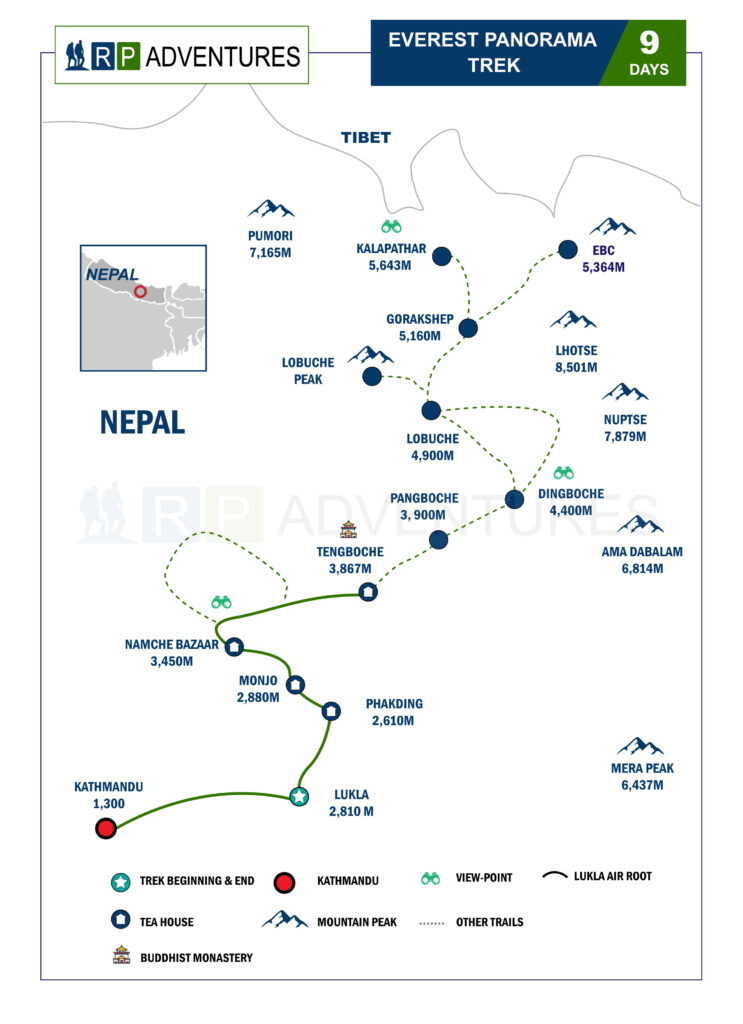
FAQs of Everest Panorama Trek – 9 Days
-
What is the total mileage of the Everest Panorama Trek?
The Everest Panorama Trek covers approximately 23 to 25 km (15 to 16 miles) one way from Lukla to Tengboche Monastery. The round-trip distance is about 46 to 50 km (30 to 32 miles), excluding any additional hikes or side trips on rest days. -
Is it one of the most scenic treks to Tengboche Monastery?
Absolutely. The trek to Tengboche Monastery is celebrated for its stunning scenery. Located amid lush forests and framed by majestic snow-capped peaks, Tengboche offers some of the most breathtaking views in the Himalayas. It is renowned for its picturesque landscapes and serene ambiance. -
When is the best time for the Everest Panorama Trek?
The ideal times for this trek are: Spring (March to May): Enjoy sunny days and blooming wildflowers. This season provides longer daylight hours and vibrant flora. Autumn (September to November): Experience clear skies and excellent visibility. Although the days are shorter, the crisp air and stunning views make it a fantastic time for trekking. Winter: While less common due to colder temperatures and shorter days, winter offers clear views and fewer crowds. -
Is high altitude a concern on the Everest Panorama Trek?
Altitude sickness can be a risk, but with proper precautions, it’s manageable. Ensure you: Trek Slowly: Ascend gradually to allow your body to acclimatize. Stay Hydrated: Drink plenty of fluids. Dress Appropriately: Wear suitable clothing for varying weather conditions. Rest and Acclimatize: Take rest days as needed and avoid overexertion. Following your guide’s advice and monitoring your health will help mitigate the risk of altitude sickness. -
What are the accommodations, food options, and facilities for charging electronic items like on the trek?
Accommodation: Lodges after Namche Bazaar are basic, with common toilets and showers. The quality improves as you reach higher elevations. Food: Enjoy a variety of meals, including Nepali, Continental, Chinese, and sometimes Korean, Japanese, Italian, or Mexican cuisine. Charging Facilities: Electricity is available in most lodges from Dingboche onwards, powered by solar or hydro plants. Charging devices may incur an extra fee. -
What documents are required for this trek?
You will need: A valid passport A passport-sized photo A local permit A Sagarmatha National Park permit It’s advisable to carry Nepalese cash (Rs) for expenses. -
Can solo trekkers undertake the Everest Panorama Trek?
Yes, solo trekkers can embark on this trek. However, it is often recommended to join a group for added support and safety. -
Can we fly a drone at Sagarmatha National Park and at the Everest view point hotel?
Drone usage is generally restricted. To fly a drone, you need to obtain permission from the Civil Aviation Authority in Kathmandu and secure the necessary permits. -
How are food and goods transported in the region?
Transport in the upper Khumbu region is typically done by helicopter or plane. Donkeys, yaks, and porters also carry supplies, especially to more remote areas. -
How can one get to the Everest Panorama Trek?
One need to obtain required permits and take flight to Lukla and then go to enjoy the Everest Panorama. -
What is the cost of the Everest Panorama Trek?
Costs range from $1200 to $6000, depending on the level of services, duration, and accommodation preferences. However, we have designed panorama trek in a minimal cost that includes best services. -
What types of animals can be seen during the trek?
You may encounter a variety of wildlife, including goats, cows, yaks, naks, blue sheep, monkeys, musk deer, and many more. -
What types of flora are found in this region?
The Everest Base Camp (EBC) region exhibits a variety of flora due to its diverse altitudinal zones. In the lower elevations, you can find lush vegetation including rhododendron, pine, oak, and bamboo forests. As you ascend, the landscape transitions to alpine meadows with hardy plants such as juniper and dwarf shrubs. At higher elevations, beyond the tree line, the vegetation becomes sparse, giving way to alpine plants and mosses adapted to the harsh mountain environment. The region is also known for its unique and hardy wildflowers that manage to bloom in the extreme conditions of the Himalayas. -
How much tips need to be given to the guide and porter?
Normally, different organizations have different rules. In our organization, we advise allocating 10% of your full package for the guide and 5% for the porter. -
What is the lifestyle of people in this region?
Approximately 60% of the local population works in tourism, including roles such as guides and tea house operators. The remaining 40% is engaged in agriculture. -
Who are the original inhabitants of this region?
The Sherpas are the indigenous people of the Khumbu region. Other ethnic groups such as Rai, Magar, Limbu, and Tamang also live in the area. -
What are the typical temperatures in autumn and spring?
Autumn (September to December): Temperatures range from 10°C to -15°C (50°F to 5°F). Spring (March to June): Temperatures range from 15°C to -10°C (59°F to 14°F). -
Why is RP Adventures different from other trekking companies?
RP Adventures stands out by offering a premium trekking experience with luxurious accommodations, highly skilled guides, private ground transportation, and optional helicopter transfers. The focus on high-quality services and safety ensures a memorable and upscale adventure. -
Do you offer budget packages for the Everest Panorama Trek?
Yes, we offer budget-friendly packages that allow you to select your own meals and accommodations. While the trekking route and permits remain consistent, the level of service can be adjusted based on your budget. It's our budget package. -
How hard is the Everest View Trek?
The Everest View Trek is considered moderate in difficulty. It involves walking on well-trodden trails with some steep ascents and descents. The trek is manageable for most people with a reasonable level of fitness. It is less challenging than the full Everest Base Camp trek, making it a suitable option for beginners or those looking for a shorter trekking experience. Acclimatization is still important, as the trek reaches altitudes over 3,800 meters (12,467 feet). -
Which is the best time for the EBC trek?
The best time for the Everest Base Camp (EBC) trek is during the spring (March to May) and autumn (September to November) seasons. These periods offer the most stable weather, with clear skies, moderate temperatures, and excellent visibility of the mountains. Spring is also known for the blooming rhododendrons, while autumn provides crisp, clear air and vibrant mountain views. -
Is there Wi-Fi on the Everest Trek?
Yes, Wi-Fi is available at various points along the Everest Trek, including in teahouses and lodges. However, the quality of the connection can vary, with speeds often being slow and prices relatively high as you ascend to higher altitudes. In some places, you may need to pay for Wi-Fi access, and it may be more reliable in larger villages like Namche Bazaar. -
What is the altitude of the Everest View Trek?
The Everest View Trek reaches a maximum altitude of about 3,867 meters (12,687 feet) at the Everest View Hotel. This point offers stunning panoramic views of Mount Everest and other surrounding peaks, making it the highest altitude reached on this trek. -
Can you see Everest without trekking?
Yes, you can see Mount Everest without trekking. The most popular way is to take a scenic mountain flight from Kathmandu, which offers aerial views of Everest and the surrounding Himalayan peaks. Another option is to stay at the Everest View Hotel, which is accessible via a short hike or helicopter ride from Lukla, providing direct views of Everest without the need for extensive trekking. -
Are there showers on the Everest Trek?
Yes, showers are available at most teahouses and lodges along the Everest Trek. However, they are often basic, with some offering hot showers for an additional fee. As you get to higher altitudes, the availability of hot water may become more limited, and the cost may increase due to the difficulty of transporting fuel or heating water in remote areas. -
How many kilometers is the Everest trek?
The full Everest Base Camp trek covers approximately 130 kilometers (80 miles) round trip from Lukla to Everest Base Camp and back. For the Everest View Trek, which goes up to Tengboche or the Everest View Hotel, the distance is shorter, typically ranging from 46 to 50 kilometers (30 to 32 miles) round trip.
Trip You May Like
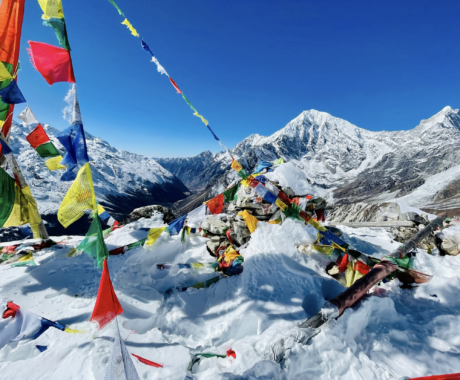
Langtang Valley & Gosainkunda Lake Trek
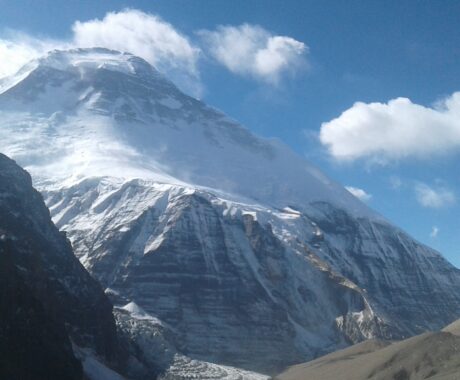
Dhaulagiri Round Trek
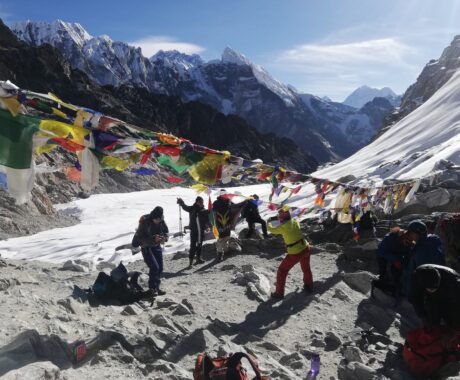
Everest Three High Passes Trek
